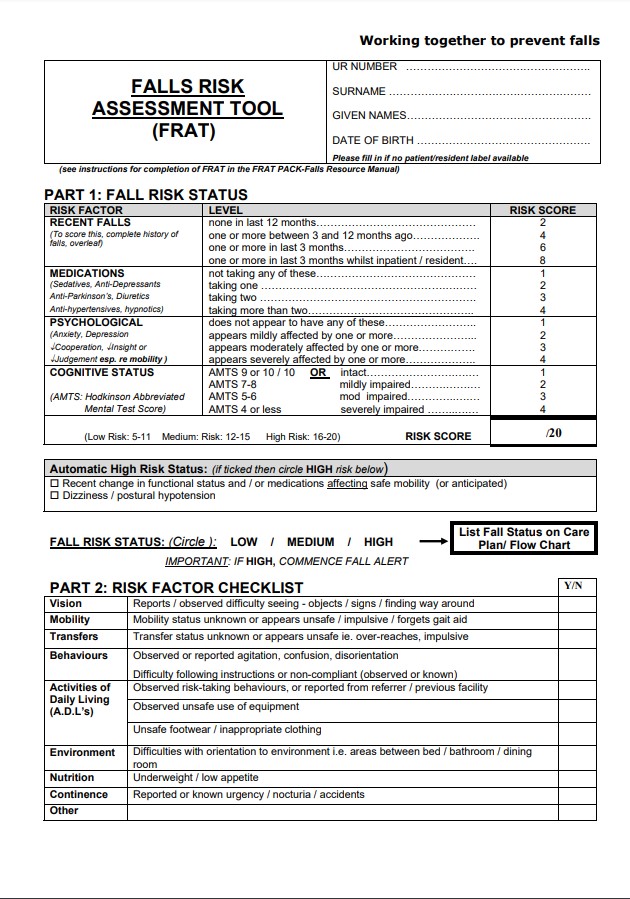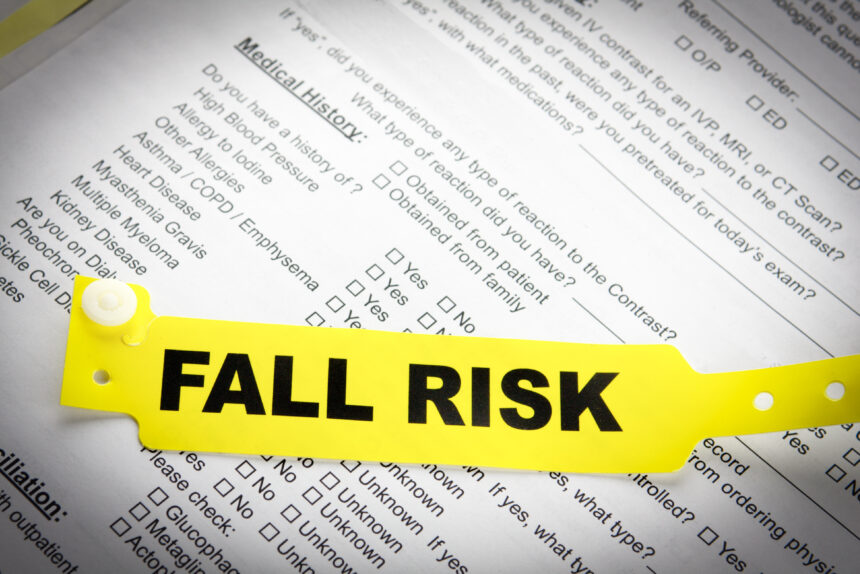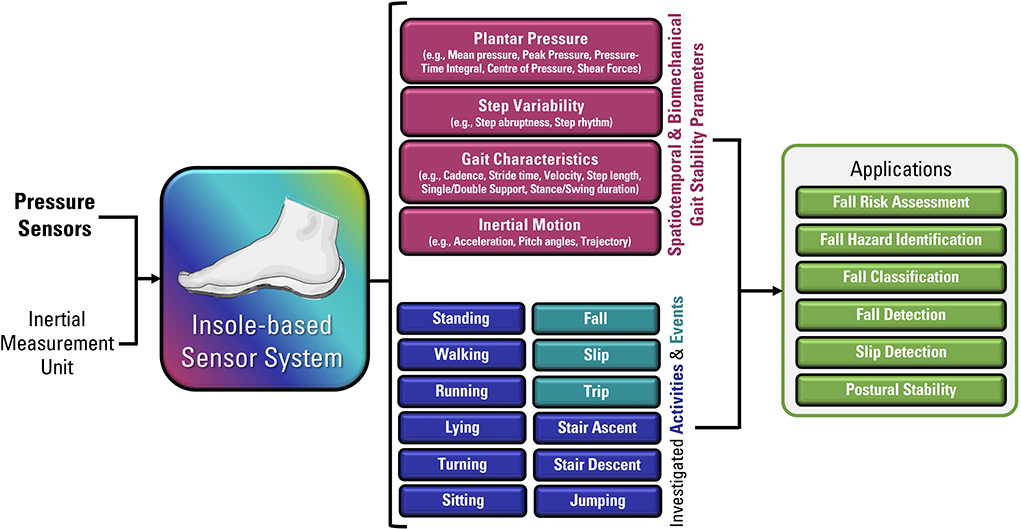Dementia Fall Risk for Beginners
Wiki Article
The Facts About Dementia Fall Risk Uncovered
Table of ContentsThe Basic Principles Of Dementia Fall Risk Fascination About Dementia Fall RiskFascination About Dementia Fall RiskThe Buzz on Dementia Fall RiskThe Best Strategy To Use For Dementia Fall Risk
In the neighborhood, insufficient road lighting or unprotected creeks and garbage dumps might likewise create accidents. Loss Threat Analysis Tool (FRAT) is a 4-item falls-risk testing device for sub-acute and property care. The FRAT has three sections: fall risk condition, risk variable checklist, and activity strategy. An Autumn Threat Status includes information concerning background of current falls, medications, psychological and cognitive status of the client.If the individual ratings on a danger aspect, the matching variety of points are counted to the patient's loss risk rating in the box to the far right. If an individual's autumn threat rating amounts to five or greater, the individual goes to high risk for falls. If the client scores only 4 points or lower, they are still at some danger of falling, and the registered nurse needs to utilize their finest professional evaluation to manage all fall risk variables as part of an all natural treatment plan.
These standard strategies, in general, aid create a secure atmosphere that minimizes unintentional falls and defines core preventive steps for all individuals. Indications are vital for patients at threat for falls.
3 Easy Facts About Dementia Fall Risk Explained
Wristbands should include the individual's last and initial name, date of birth, and NHS number in the UK. Just red color should be used to signify unique client condition.
Products that are also far may need the patient to get to out or ambulate unnecessarily and can potentially be a danger or add to drops. Aids avoid the client from heading out of bed with no aid. Registered nurses reply to fallers' telephone call lights extra rapidly than they do to lights initiated by non-fallers.
Aesthetic impairment can greatly cause drops. Keeping the beds closer to the floor reduces the threat of drops and major injury. Positioning the mattress on the flooring dramatically reduces fall danger in some health care setups.
What Does Dementia Fall Risk Do?
Patients who are tall and with weak leg muscles who attempt to rest on the bed from a standing placement are most likely to fall onto the bed since it's also reduced for them to lower themselves securely. If a high person attempts to get up from a low bed without help, the person is likely to drop back down onto the bed or miss out on the bed and fall onto the flooring.They're developed to advertise timely rescue, not to avoid falls from bed. Aside from bed alarms, boosted supervision for high-risk patients additionally might aid stop falls.

People with a shuffling gait boost fall possibilities significantly. To minimize autumn risk, footwear must be with a little to no heel, slim soles with slip-resistant walk, and support the ankle joints.
Get This Report on Dementia Fall Risk
In a study, homes with appropriate lighting record fewer drops (Ramulu et al., 2021). Enhancement in illumination at home may lower autumn rates Read Full Article in older grownups.
Sitters work for guaranteeing a secure, protected, and secure setting. However, studies demonstrated extremely low-certainty evidence that sitters decrease loss risk in acute treatment healthcare facilities and just moderate-certainty that choices like video clip surveillance can minimize caretaker usage without boosting autumn threat, recommending that sitters are not as beneficial as initially believed (Greely et al., 2020).
Examine This Report about Dementia Fall Risk

Raised physical conditioning lowers the threat for falls and limits injury that is endured when fall transpires. Land and water-based workout programs may be likewise valuable on equilibrium and gait and thereby check my site decrease the risk for falls. Water workout may add a favorable benefit on equilibrium and gait for females 65 years and older.
Chair Increase Workout is a straightforward sit-to-stand workout that helps enhance the muscular tissues in the upper legs and butts and improves wheelchair and independence. The goal is to do Chair Surge exercises without utilizing hands as the customer ends up being more powerful. See resources section for a comprehensive direction on how to do Chair Rise exercise.
Report this wiki page